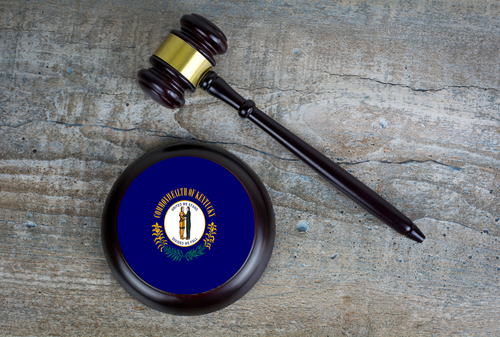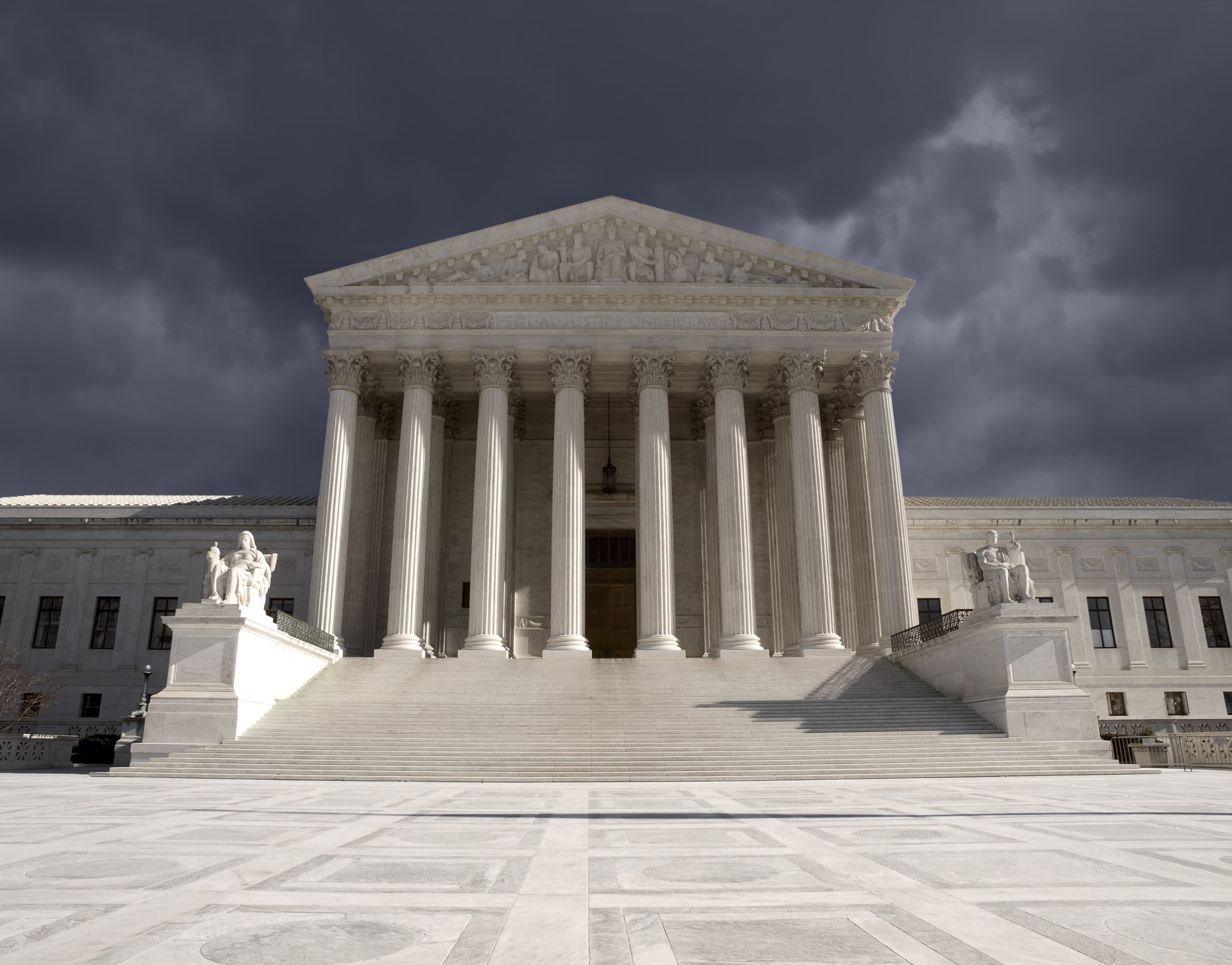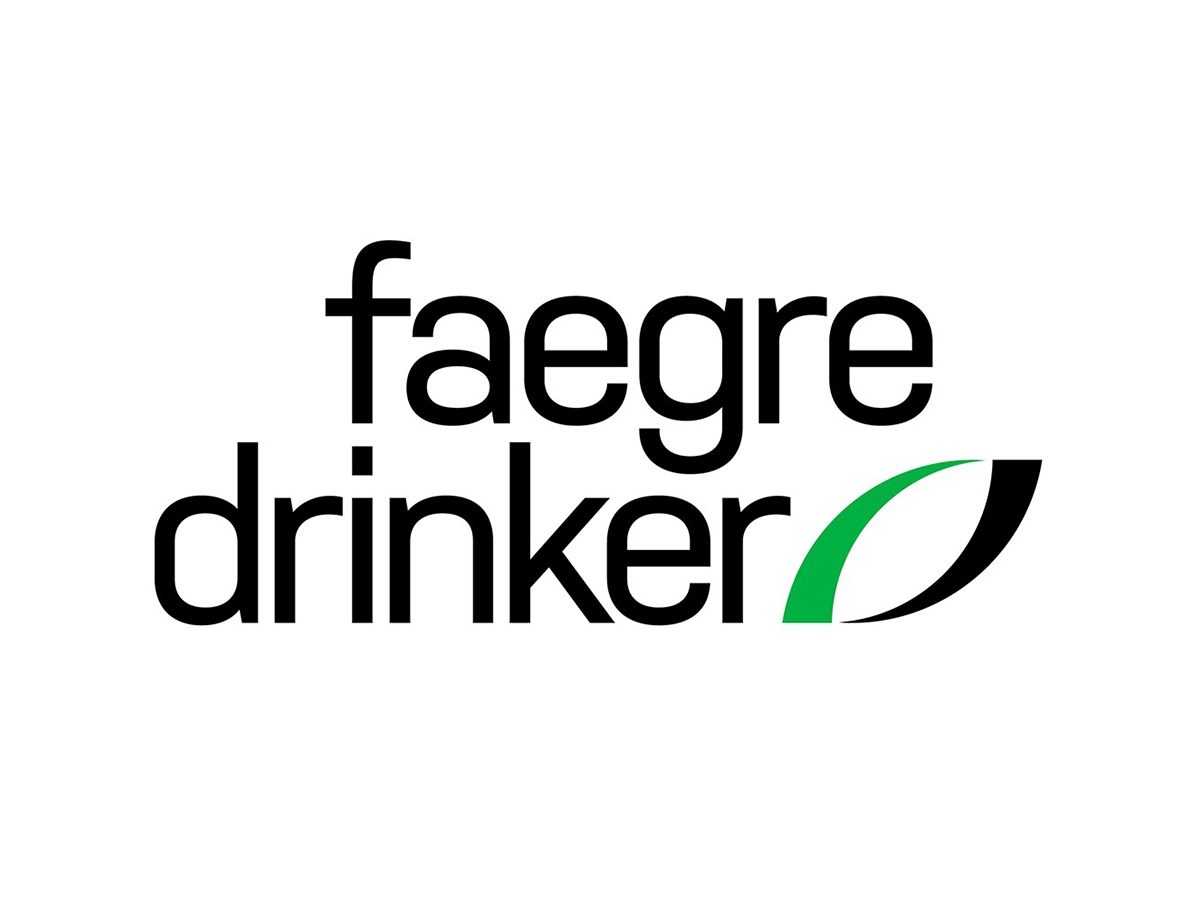Eligibility Comments to USPTO Suggest Alice/Mayo Framework Changes, While PTAB Practices RFC Sees Copy-Paste Campaign
“It should be clear that an electrical circuit, despite the fact that it is described by differential equations, does not actually perform differential equations.” – Peter Lablans, Inventor and Founder, Ternarylogic
The U.S. Patent and Trademark Office (USPTO) is currently assessing comments collected pursuant to a pair of requests for public input, one focused on the agency’s subject matter eligibility guidelines for examining patent applications for 35 U.S.C. § 101 issues, and the other seeking feedback on several practices surrounding patent validity trials at the Patent Trial and Appeal Board (PTAB). While the PTAB practices request for comments appears to have spawned a copy-and-paste comment campaign involving thousands of boilerplate comments, about two-dozen comments filed on the Section 101 guidelines featured far more sophisticated views on actions that the USPTO should be taking to improve patent examination practices on patent applications that trigger issues with judicial exceptions to Section 101 eligibility under U.S. Supreme Court case law.
Fans of 2019 Subject Matter Guidelines and Opponents Tracing SCOTUS Decisions Sound Off
After first asking for public comments on the agency’s guidelines for examiners assessing Section 101 patent eligibility issues in late July, the USPTO issued a Federal Register notice in early September extending the public comment period until October 15. In all, 33 public comments regarding the Section 101 guidelines were filed, including 10 that were submitted after the filing deadline passed. Viewpoints were fairly evenly split among proponents of the USPTO’s 2019 subject matter eligibility guidelines and opponents who argued that the agency’s guidelines were not properly aligned with Section 101 case law in the courts.
A few public interest groups, including the American Civil Liberties Union and the U.S. Public Interest Research Group, argue that the public interest is best served by stricter patent eligibility guidelines that make patentability more difficult in the pharmaceutical and diagnostics industries. The Organic Seed Alliance suggested that the USPTO increase engagement with the U.S. Department of Agriculture to determine eligibility for agriculture-related patent applications. The High Tech Inventors Alliance, which has been accused of being an “efficient infringer,” advocated for introducing into Section 101 analyses functional claiming issues usually reserved for 35 U.S.C. § 112 analyses, whereas patent owners like the Wisconsin Alumni Research Foundation wanted the guidelines to properly observe the patentability statutes outside of Section 101. Patent Attorney David Crowther indicated that “the mischief surrounding patent eligibility doctrines” has destroyed innovation incentives in many industries and has left him “keen to retire early because of my personal disdain for the state of things.”
The following is a collection of main arguments from public comments filed on the USPTO’s patent subject matter eligibility guidance.
Curtis A. Evans: Congress Has Not Granted the USPTO Authority to Find Section 101 Exceptions
Curtis A. Evans, patent attorney and CEO of TrackTime, which has invented user interfaces for navigating music with synchronized lyrics and audiobooks, filed a comment making a plea for Congressional action to end the uncertainty regarding Section 101 patent eligibility. The USPTO’s use of a “court-derived alternate test for patent eligibility” supplanting the sufficiency of Section is outside of the USPTO’s legal authority, Evans argues, based on intervening U.S. Supreme Court precedent in a pair of decisions issued since the USPTO issued its subject matter eligibility guidelines in 2019.
Evans cited language from the Supreme Court’s decision in Henry Schein Inc. v. Archer and White Sales (2021), which eliminated the judicially-created “wholly groundless” exception in arbitration law, where the Court acknowledged that “we may not engraft our own exceptions onto the statutory text” enacted by Congress and signed by the President. Then in West Virginia v. Environmental Protection Agency (2022), the Court struck down EPA rulemaking that established emissions limits because it lacked clear Congressional authorization to do so. Congressional clarity to Section 101 is needed, according to Evans, to ensure that patent eligibility confusion does not continue to be used by Big Tech firms like Amazon, which TrackTime has sued for patent infringement and which Congress has targeted over anticompetitive business practices, to evade liability for stealing inventions.
Peter Lablans: Modern Cryptography Claims are Directed to Machine Operations Per Se
Peter Lablans, an inventor and founder of machine cryptography firm Ternarylogic, wrote a comment to support the USPTO’s subject matter eligibility examples included in the 2019 guidelines, including example 41 on cryptographic communications. However, while example 41, which assessed a method for establishing cryptographic communications as patent eligible for its integration of a mathematical concept into a practical application, Lablans argued that the field of machine cryptography is related exclusively to machine operations and should be patent eligible as it is not fundamentally directed to the abstract idea of a mathematical concept.
Despite the use of numbers in machine algorithms, and the use of 0 and 1 in representations of binary code, Lablans noted that those numbers are merely labels for technical states of a physical switching machine.
“It should be clear that an electrical circuit, despite the fact that it is described by differential equations, does not actually perform differential equations. In a similar vein, a trajectory of a projectile may be described by differential equations. However, the projectile does not perform those differential equations.”
Lablans called it “stunning” that the use of mathematics, which is “the language of science and engineering,” would create an assumption of unpatentability. While mathematics as a science is often abstract in its goals, human ingenuity is able to apply novel mathematical concepts to model physical phenomena. While Lablans’ comments were focused on his own field of machine cryptography, he indicated that other machine-directed technologies like signal processing and digital filtering could be similarly described as patent eligible per se.
Invitae: Myriad Has Been Great for Genetics Research, Availability of Diagnostic Testing
Genetic testing firm Invitae held a much rosier view of the current state of subject matter eligibility jurisprudence. In its comment , Invitae argued that the Supreme Court decision in Myriad has led to a dramatic increase in genetic testing availability and quality along with a large reduction in costs. Though these claims fly in the face of data cited by University of Akron Law Professor Emily Michiko Morris in a letter recently submitted to Congressional leadership on the Patent Eligibility Restoration Act, Invitae insists that the ruling in Myriad allowed it to reduce the cost of genetic testing from $4,400 per test in 2013 down to $250 per test today.
Several graphs included in Invitae’s comment show that the cumulative market cap for the precision medicine industry has greatly increased from $40 billion in 2013 up to $165 billion in 2021. In breaking out individual companies, Invitae’s statistics show that Myriad’s own market cap rate hasn’t changed substantially, though Invitae’s graph indicates that Myriad is one of the few precision medicine companies whose market cap dropped in the years following the Supreme Court decision invalidating its diagnostics patent claims. Invitae also reports that venture capital expenditures and research and development expenses have seen rapid increases, especially since 2018. Invitae attributes recent gains in the industry to a lack of patents on the RNA sequence of the SARS-CoV-2 virus causing the COVID-19 pandemic.
Intellectual Property Owners Association: Take a Hornbook Approach to MPEP Section 2106
While several comments filed on the USPTO’s subject matter eligibility guidelines offered redline edits of Manual of Patent Examining Procedure (MPEP) Section 2106, which covers patent examination procedures around assessing subject matter eligibility, the Intellectual Property Owners Association (IPO) urged the USPTO to take a hornbook approach to the section better incorporating the relevant case law on Section 101.
Most significantly, the IPO advocated for an entirely new MPEP section for synthesizing the case law examples that the USPTO finds most helpful to the subject matter eligibility analysis at both steps of the Alice/Mayo framework.
“The current format of MPEP 2106 is discussion supported by citations to relevant cases summarized in a single phrase, sentence, or a couple of sentences… Each case might appear multiple times throughout, under each of the analytical steps with a different sentence stating what the case stands for at that analytical step. However, since examiners tend to take the sentences at face value, and are not expected to read court opinions to understand the full analysis at each analytical step, examiner analysis at times can be binary—are the current claims like what the sentence describes regarding that case or not?… In other words, an examiner will attempt to force a claim to fit a certain mold rather than analyzing the substance of the claim against the analysis associated with the example.”
Though the current MPEP makes use of hypothetical examples, IPO advocated for abandoning the use of hypotheticals and focusing on real-world examples instead, as hypotheticals are generally more simplified than actual claims being assessed by examiners. IPO also requested that the USPTO use limiting definitions in its groupings-based approach to statutory subject matter under Alice/Mayo step 2A prong one, as the current open-ended approach gives patent examiners too much discretion in making abstract idea determinations that are supposed to be based on objective criteria.
Copy-Paste Comment Campaign Skews Comment Responses to POP/Director Review
Although nearly 4,400 comments have been filed on the USPTO’s request for comments on Precedential Opinion Panel (POP) review, Director review and internal circulation of Patent Trial and Appeal Board (PTAB) decisions, it appears as though the vast majority of those comments have been filed thanks to a well-organized copy-and-paste campaign, making it difficult to assess whether those viewpoints are based on a nuanced understanding of the patent law issues at play. One example of these boilerplate comments, filed by John Sepulveda, is reproduced in its entirety below.
“The Patent Trial and Appeal Board’s (PTAB) mandate to review the validity of patents helps protect American manufacturers and employers. Too often, productive, innovative businesses fall victim to damaging legal threats and lawsuits from groups who use the patent system to enrich themselves, not promote innovation. PTAB review plays a critical role in combating this harmful activity.
“As you assess practices related to the review of PTAB decisions, I would encourage you to prioritize policies that guarantee requests for patent review are accepted or denied based on the merits of the petition, not secondary factors.
“For PTAB review to be truly accurate, consistent, and fair, each petition must be evaluated on its own merits.”
US*MADE: Fintiv Needs to Go and Director Iancu Abused the PTAB
A comment filed by the U.S. Manufacturers Association for Development and Enterprise (US*MADE) did not mince words when it came to its feelings on recent actions taken by former USPTO Director Andrei Iancu. Without mentioning Iancu by name, US*MADE contended that “[d]irector control of [the] PTAB was grossly abused by the previous Director to damage the patent system.” Restrictions imposed by the “previous Director” on PTAB review only helped to “facilitate abusive litigation from non-practicing entities,” US*MADE argued. “That these policies were enacted without the notice and comment procedures required by the [Administrative Procedures Act] makes it all the more egregious,” the comment reads.
US*MADE was equally terse in its assessment of Fintiv discretionary denials, which the organization called “the worst of these abuses.” US*MADE requested that the USPTO structure the Director review process so that it does not “evade APA rulemaking and impose new policies by fiat.” Instead of the use of precedential decision making, which US*MADE suggests has created an unnecessary body of “shadow law” at the PTAB, the historical approach of notice-and-comment rulemaking was superior as it would better protect Congressional intent in the operations of the PTAB.
Image Source: Deposit Photos
Image ID: 33875487
Author: ashumskiy






